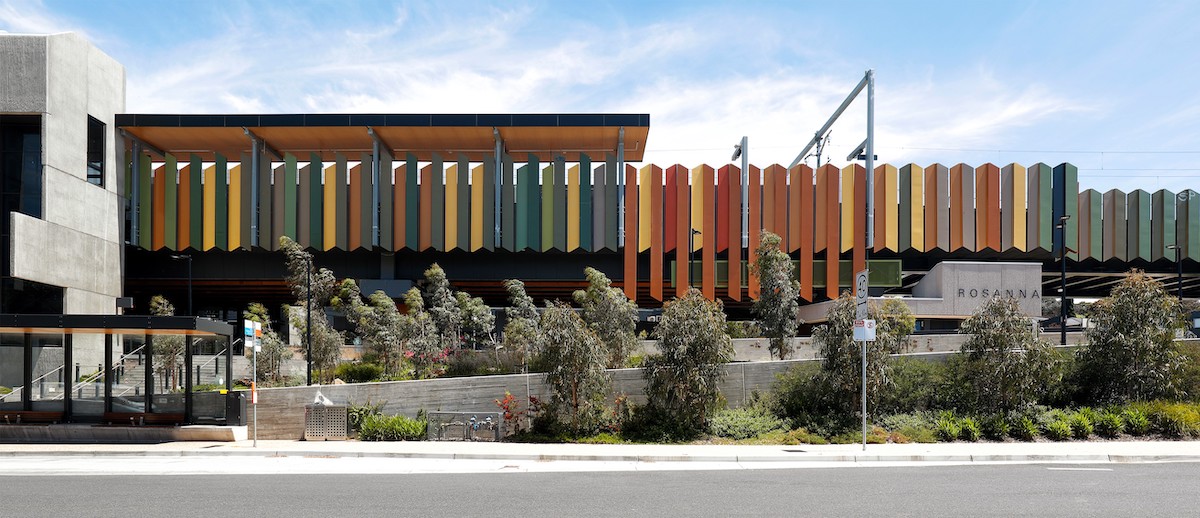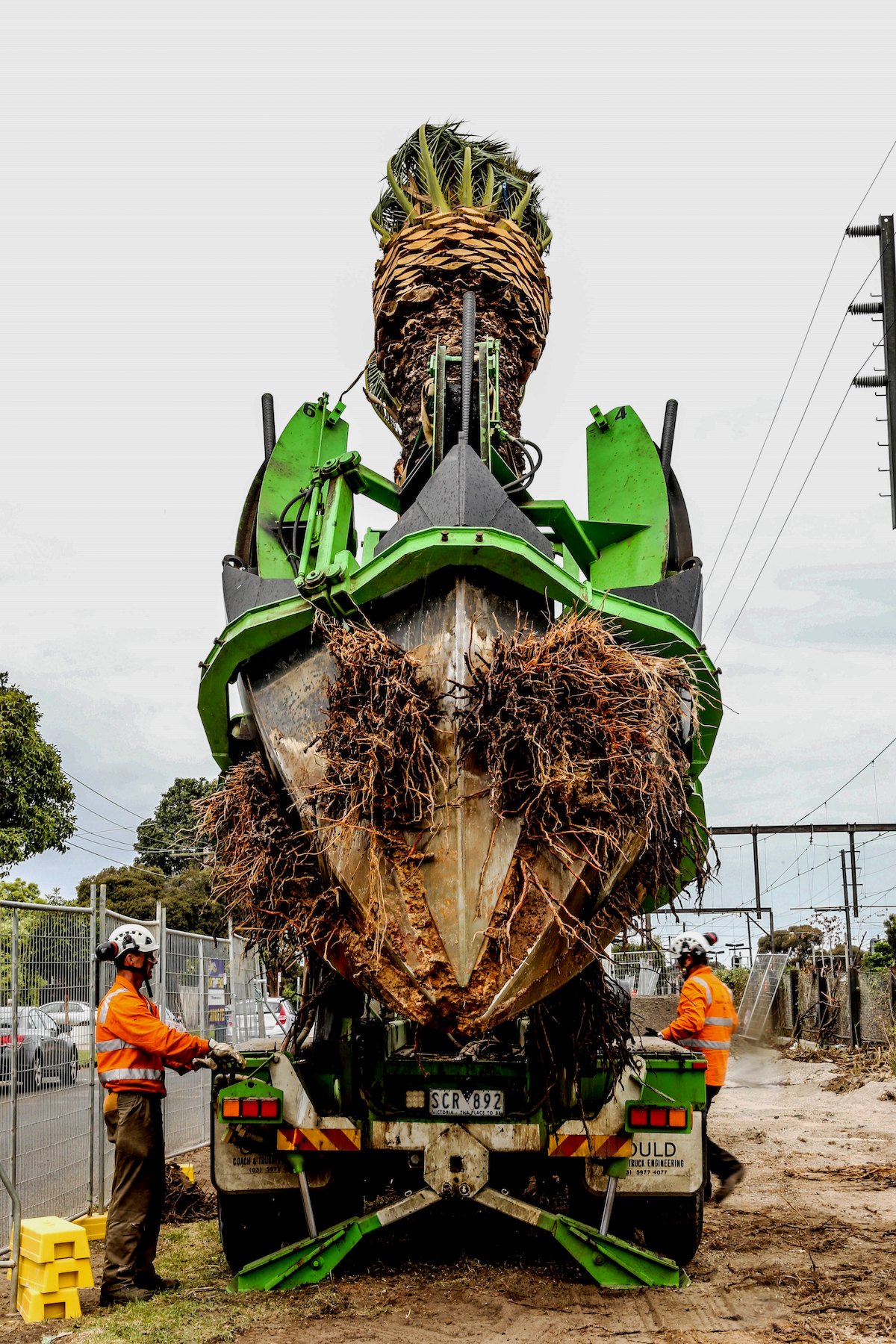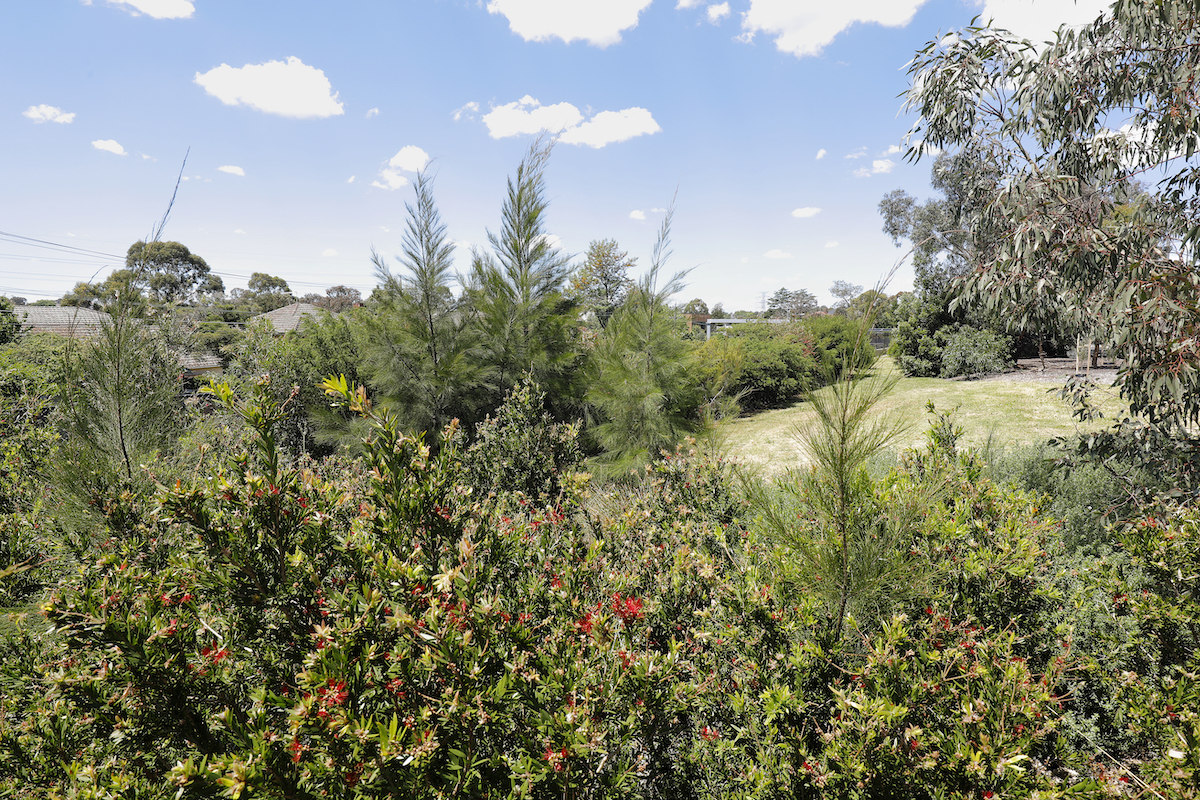1 February 2023
Trees and vegetation
The Victorian Government is removing 27 dangerous level crossings and building 17 new stations on the Frankston Line by 2029, improving safety, reducing congestion and allowing more trains to run more often.
We’re removing the dangerous and congested Warrigal Road and Parkers Road level crossings by raising the rail line over the 2 roads and building a new Parkdale Station.
As part of the project, we’re creating new community open space including new trees and greenery, community gathering places and sporting and recreational facilities for the community to enjoy.
Preserving trees and greenery
Minimising tree and vegetation removal is a priority as we develop designs and during construction. However, some tree and vegetation removal is necessary to safely build the rail bridge and new station.
We know trees are a valued feature of the bayside area and we will work with landscape designers and arborists to remove only what is necessary.
We will be temporarily relocating trees along the rail corridor, including young trees planted near Warrigal Road as part of the Balcombe Road, Mentone level crossing removal, saplings planted more recently by Kingston Council, and 5 palm trees. They will be cared for and continue to grow off-site and will be returned at project completion as part of the new, greener rail corridor.
Thousands of new trees and shrubs will be planted as part of the new open space and future landscaping.
Managing tree and vegetation removal
During planning for the project, independent arborists conduct a comprehensive assessment of every tree in the project area. This helps us to identify trees that:
- pose a hazard to rail operations
- will be impacted by construction of the new rail bridge and new Parkdale Station
- will be impacted by rail asset and utility works and drainage within the tree root zone.
The information helps us to develop design and construction methods that minimise impacts to high-value trees. We will continue to carry out investigations into the tree root systems and health of trees during the works to retain as many trees as possible.
For every tree we remove, we will be replanting one new tree. We will also be planting more than 100,000 trees, shrubs and grasses in the new open space and along the rail corridor upon project completion.
Gardiner Station, Glen Iris

Landscaping at Rosanna Station
Assessing trees and vegetation
Each tree in the project area is individually profiled to help our team understand potential impacts to vegetation and wildlife.
Trees and vegetation are assessed to determine structural integrity, including:
- the size and location of tree roots
- health and life expectancy
- amenity and environmental value
- location of services in proximity to trees
- the presence of wildlife and habitat.
Where trees are to be retained, we’ll put physical barriers in place to protect them during construction.
We work with qualified ecologists and wildlife handlers on all level crossing removal projects, who inspect vegetation for the presence of native wildlife and nests.
We also engage fauna handlers to be on site during any vegetation removal works to safely relocate any fauna that we may encounter unexpectedly.
Reuse and environmental initiatives
We will work closely with City of Kingston and local community groups to ensure that removed vegetation
is repurposed for new uses or environmental initiatives.
Some of the opportunities we’re exploring include:
- providing logs for use in gardens and parks
- donating timber for use by artists or in community projects
- using mulch in parks and gardens.
If you are part of a local environmental or community group that could make use of timber or mulch, we encourage you to contact the project team.
Landscaping and replanting
We know that trees and vegetation are important to the local community.
We’ll do all that we can to minimise vegetation removal and will work with landscape designers and arborists to remove only what’s necessary.
By elevating the rail line, we’ll create new open space, leaving room for lots of greenery with new trees and landscaping. Elevated rail allows us to plant larger trees and greenery near the rail line. This is not possible with a rail trench due to safety requirements.
We will also work with the City of Kingston and local community groups on vegetation management and landscaping opportunities in the local area.
Preserving Parkdale’s palm trees
At nearby projects, we have successfully relocated healthy palm trees to a specialist nursery prior to construction.
The trees are looked after during construction and then replanted along the rail corridor or within the station precinct when works are complete.
We intend to take a similar approach at Parkdale, with 127 native trees and 5 palm trees to be relocated and returned to the station precinct once the project is complete.
Did you know?
An elevated rail design provides much greater opportunity to plant trees near the rail line and for more trees, plants and greenery to be planted under and around the rail bridge.

